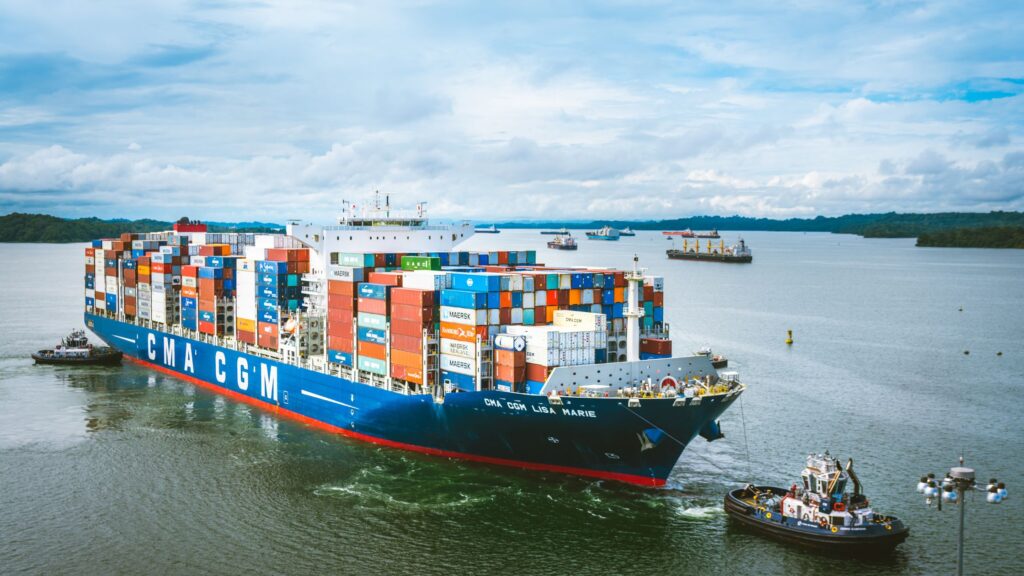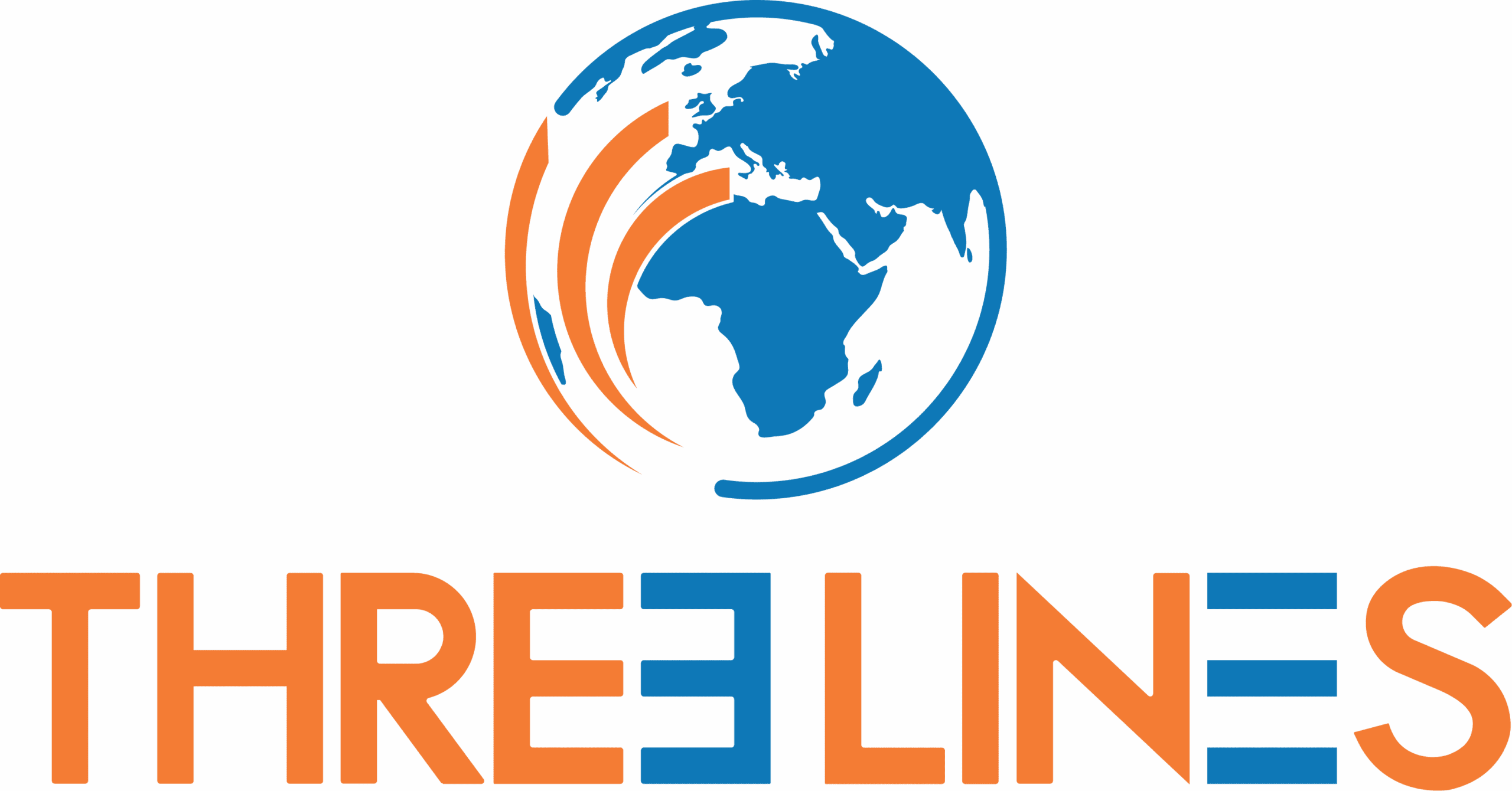The E-commerce market in GCC is projected to generate about US$29.93 billion in revenue in 2024. By 2029, the annual growth rate will be around 9.96%, which will eventually produce a market volume of US$48.12 billion and the number of users is expected to grow to about 30.7 million. The average user revenue is estimated to be around US$ 1,513 and the user penetration will grow towards 33.4% in 2024. It will further grow towards 49% by 2029.
As we can see the future of e-commerce is only going up over time. The choice of delivery method will eventually decide how much could be saved and how smooth the overall logistics will be for your products. This could get tricky especially when you don’t know much about the various customs and regulations that differ in the origin and destination nation.
LTL shipping could be the right choice if you ship frequently across the GCC, even if the volume is small. There are other methods to import and export ecommerce products across the GCC but there are a lot of problems that come along with them. So, whether you are brand new to the game or have been in the industry for quite a time now, then these are some of the challenges faced by e-commerce players while importing and exporting goods across the GCC.
Challenges related to the Import and Export of E-commerce across the GCC:
Each nation in the GCC has its own set of rules when it comes to customs regulations. This can cause delays during transit. Which will further affect the overall operational efficiency of the supply chain.
Another major problem might be the increment in costs associated with the wrong shipping method. Depending upon the size, weight, volume, and urgency, the method and cost will vary significantly.
Since GCC is a hub for international trade with countries like UAE, KSA, and Qatar leading the way, it is important to overcome these challenges.
LTL Shipping vs Air Freight vs Parcels/Courier delivery, which among these is right for you?
Let’s take a look into the various ways in which we can do e-commerce import and export across the GCC and get a better understanding of which one is the right one for you.
LTL
LTL shipping might be the right choice if you ship frequently, even if the volume is small (a few cartons). The main advantage is that a significant amount could be saved for costs because it is much cheaper than air freight and FTL. Another advantage is that it’s much more efficient than courier delivery. LTL shipping provides better inventory management and reduces loading and offloading.
Air Freight:
If the goods are classified as high-priority items that have to be shipped to the destination as soon as possible, then Air freight might be your best bet. But please be aware of the costs that come along with it because this is the most expensive way for e-commerce import and export. This will be a problem when the volume is very high. So, you as a business owner should decide to prioritize between urgency and costs incurred.
Parcels/Courier:
This is considered the cheapest way to import and export e-commerce and could be faster than road transport, but it is limited to the package size, shape, and weight of the product. The cost will go up as the weight and size increase.
Benefits of LTL for E-commerce in the GCC:
The first thing to consider is the experience of the 3PL provider in the GCC region. The number of years and the countries within the GCC they operate in must be looked into.
They should have a strong network of carriers to ensure smooth operations.
The pricing offered by the shipping partner is another factor. There are lots of 3PL providers that provide competitive pricing but a low price doesn’t necessarily mean better quality of service. The pricing model should also be transparent.
Finally, what value-added services are offered by the logistics provider should also be considered.
LTL Shipping Tips for E-commerce in GCC:
Choose the right 3PL provider after careful consideration.
Make sure the necessary documentation is in place and the packaging, and labelling are all sorted out by the shipping partner.
Regular communication with the logistics provider to track and manage the supply chain more efficiently. Poor communication can lead to a butterfly effect in the supply chain.
Case Studies of successful E-commerce businesses that used LTL Shipping from Three Lines Shipping:
- A leading holding group in the Middle East reduced transportation costs by 30% by switching to LTL shipping. Earlier they waited to dispatch trucks until the truck was full. This was possible by consolidating frequent smaller loads as they got ready from multiple hubs, instead of waiting for the trucks to get dispatched until they got full.
- A home office furniture company in the UAE was able to reduce their transportation costs to a third of the original, by using LTL shipping. By shipping only what they needed, they were able to reduce their warehouse costs and control their inventory management from UAE all over GCC.
- Many emerging businesses use our LTL services to ship directly to the customers, once the order is confirmed. They ship directly to the end customers. In this way, they keep the inventory in Dubai and cut down the warehousing and fulfillment costs and other handling charges. On the other hand, they would have to pay those costs at multiple fulfillment centers across GCC.

Import and Export of E-commerce across the GCC
Conclusion:
We explore the challenges that come with e-commerce import and export across the GCC like the regulation in different countries and the changes in costs associated with the way it is shipped. We then break down the difference between LTL, Air Freight, and, Courier and understand how LTL could be the most cost-saving and efficient method. The benefits of LTL for ecommerce and the methods of choosing the right 3PL provider is discussed.
Three Lines Shipping has over 23 years of cross-border experience providing door-to-door conventional LTL services in UAE, Qatar, Bahrain, Oman, Kuwait, and KSA.
E-commerce market in GCC is projected to generate about US$29.93 billion in revenue in 2024.
Conclusion:
We explore the challenges that come with e-commerce import and export across the GCC like the regulation in different countries and the changes in costs associated with the way it is shipped. We then break down the difference between LTL, Air Freight, and, Courier and understand how LTL could be the most cost-saving and efficient method. The benefits of LTL for ecommerce and the methods of choosing the right 3PL provider is discussed.
Three Lines Shipping has over 23 years of cross-border experience providing door-to-door conventional LTL services in UAE, Qatar, Bahrain, Oman, Kuwait, and KSA.

